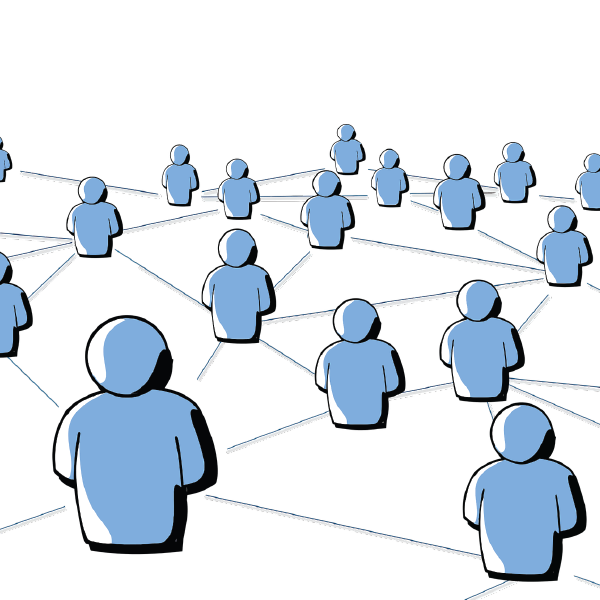Summary: Actor-Network Theory is a framework and systematic way to consider the infrastructure surrounding technological achievements. Assigns agency to both human and non-human actors (e.g. artifacts)
Originator: Michel Callon[1] (1991) and Bruno Latour[2] (1992); John Law[3]; others.
Key Terms: actor, network, generalized symmetry, equal agency
Actor-Network Theory (ANT)
Originally created by French scholars Latour and Callon as an attempt to understand processes of technological innovation and scientific knowledge-creation, Actor-Network Theory (ANT) can be contrasted with “heroic” accounts of scientific advance. For example, rather than saying Newton “founded” the theory of gravitation seemingly as though he were alone in a vacuum, Actor-Network Theory emphasizes and considers all surrounding factors — no one acts alone[4]. Galileo’s past experiences, his colleagues, his connections with the Astronomer Royal, John Flamsteed, his use of Euclidean geometry, Kepler’s astronomy, Galileo’s mechanics, his tools, the details of his lab, cultural factors and restrictions placed upon him in his environment, and various other technical and non-technical elements would all be described and considered in his actor-network.
Actor-Network Theory does not typically attempt to explain why a network exists; it is more interested in the infrastructure of actor-networks, how they are formed, how they can fall apart, etc.
Actor-Network Theory incorporates what is known as a principle of generalized symmetry; that is, what is human and non-human (e.g. artifacts, organization structures) should be integrated into the same conceptual framework and assigned equal amounts of agency. In this way, one gains a detailed description of the concrete mechanisms at work that hold the network together, while allowing an impartial treatment of the actors.
Criticism
There are various criticisms held regarding ANT. These include: (1) the absurdity of assigning agency to nonhuman actors; (2) that ANT is amoral; (3) that because it assumes all actors are equal within the network, no accomodations for power imbalances can be made; and (4) that ANT leads to useless descriptions that seem pointless.
References
- Callon, M. (1986). Some Elements of a Sociology of Translation: Domestication of the Scallops and the Fishermen of St Brieuc Bay. In John Law (ed.), Power, Action and Belief: A New Sociology of Knowledge. London: Routledge & Kegan Paul.
- Latour, B. (1987). Science in Action: How to Follow Scientists and Engineers Through Society (Milton Keynes: Open University Press).
- Law, J. (1987). Technology and Heterogeneous Engineering: The Case of Portuguese Expansion. In W.E. Bijker, T.P. Hughes, and T.J. Pinch (eds.), The Social Construction of Technological Systems: New Directions in the Sociology and History of Technology. Cambridge, MA: MIT Press.
- Latour, B. (2005). Reassembling the Social: An Introduction to Actor-Network-Theory (Oxford: Oxford University Press).




